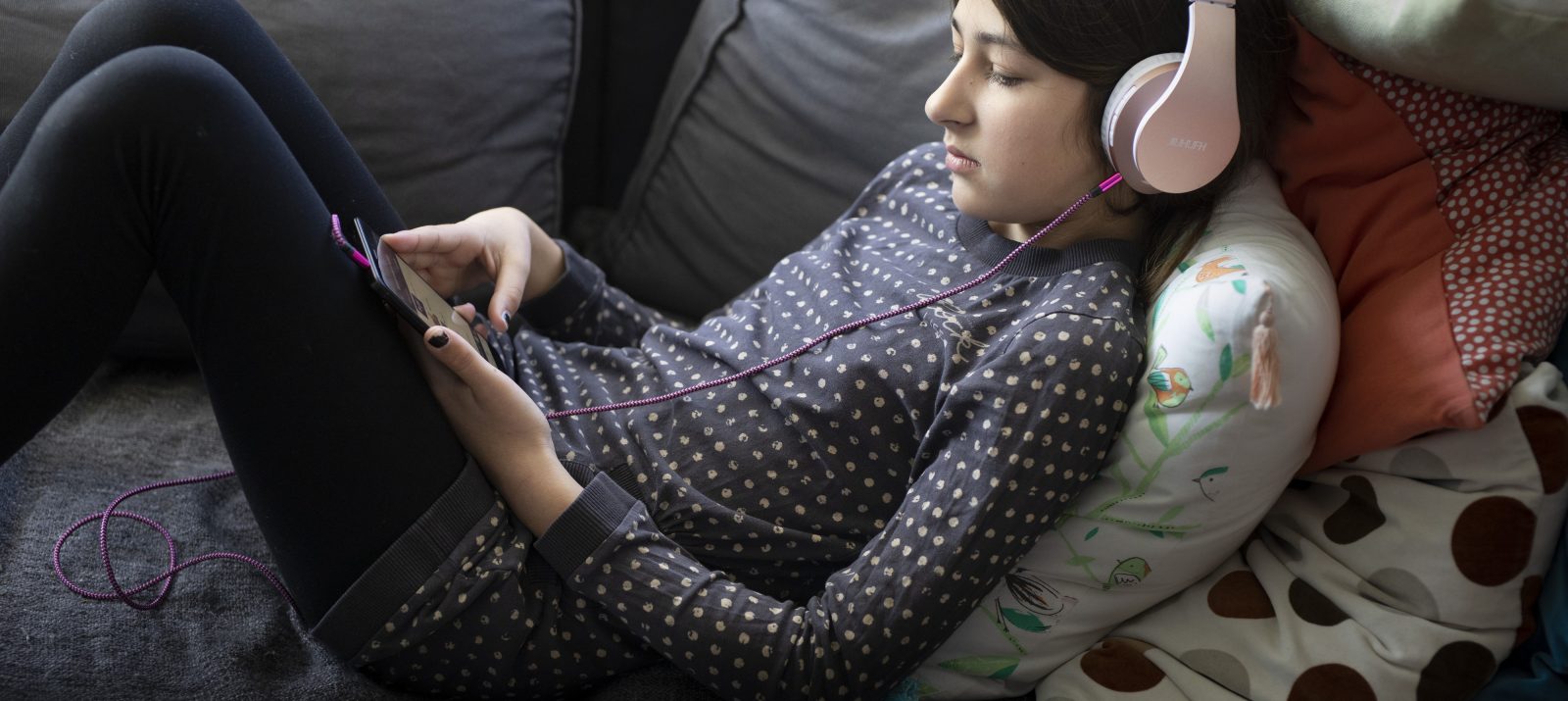
At least since the beginning of the corona pandemic, podcasts have become very popular among young people. Young people listen not only to age-appropriate podcasts, but occasionally to ones aimed primarily at adults.
Podcasts are usually audios that can be accessed online, subscribed to, and sometimes saved to listen to over and over again. There are also video podcasts or podcast that are played out as audio and video. New episodes are published on a regular basis. Many podcast formats have a major overarching theme, such as sports, culture, or news. They can be completed stories per episode or sequels. Very popular are, among others, true-crime podcasts, in which real criminal cases are re-told.
Audio formats are easy to listen to on the go and are good at relieving boredom. There are podcasts where people talk about their everyday life or “God and the world” as well as thematic formats. Hearing people are entertained and learn new things. Often podcasts are personal, which makes young listeners feel close to podcasters, similar to influencers on social media.
On the one hand, there are podcasts that are deliberately made for young people and dedicated to youth topics. On the other hand, more and more influencers are producing podcasts, which are therefore also interesting for their young fans. They are called “Dick & Doof”, “Hobbylos” or “Gemütlich Nachsitzen”.
Up to now, podcasts have not had to be age-labeled in the same way as videos or games in order to protect minors. So anyone can publish a podcast with any content. Therefore, regularly ask what podcasts your child listens to and find out about them. Young people have access to all kinds of podcasts via portals like Spotify and the like. Via the platform’s algorithm, other content is suggested that they cannot assess. Podcasts also include more and more advertising, sometimes read aloud by the podcasters themselves or played in by the platforms before or after. Many podcasts are financed through this.
Podcast aimed specifically at young people are usually commercial-free, have an age recommendation, and address topics of interest to young people. But there are definitely podcasts that don’t have a specific age recommendation, but are still well suited for teens. We have put together a few tips:
For more tips on podcasts for teens, check out Webhelm and the city magazine Kangaroo.